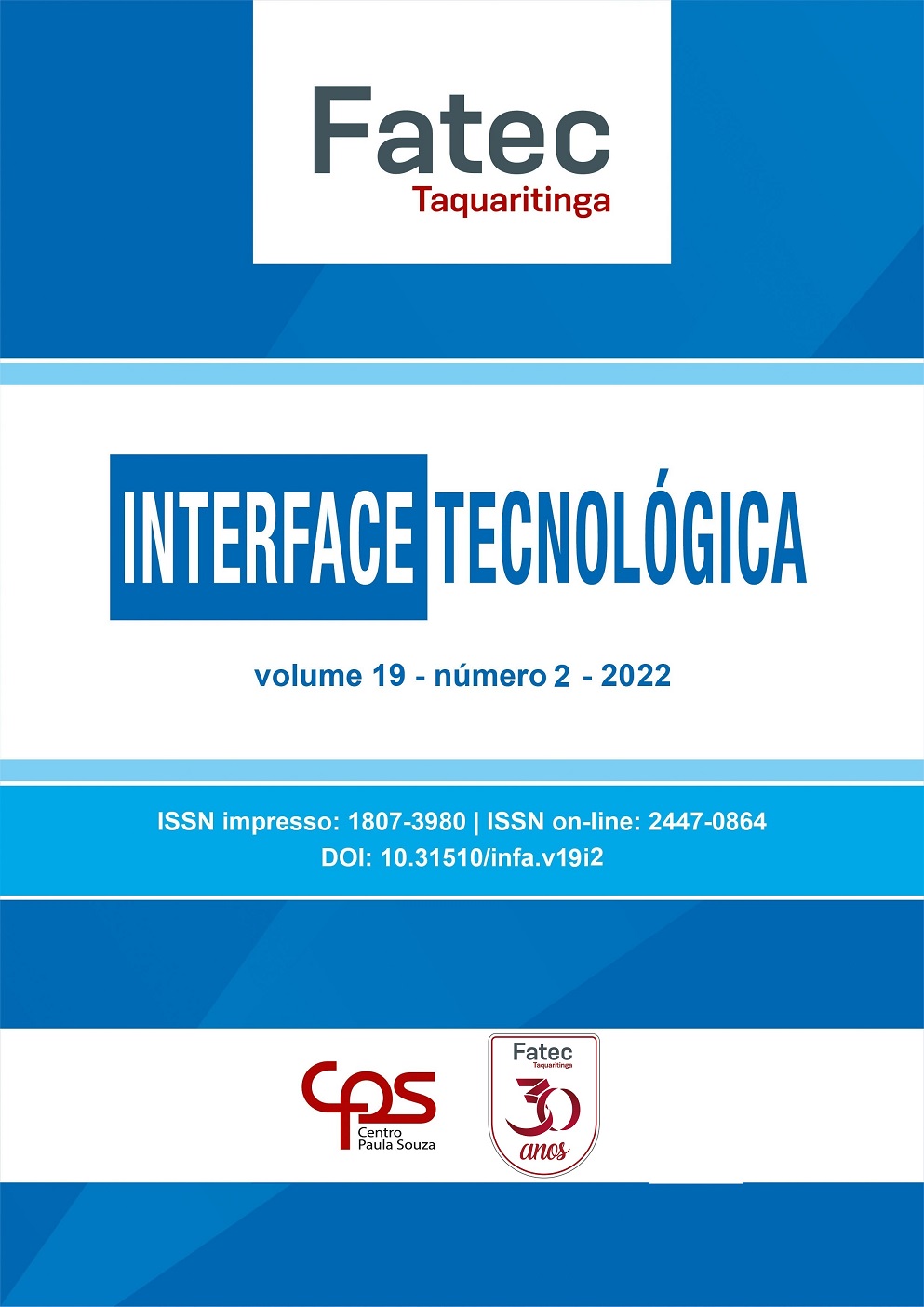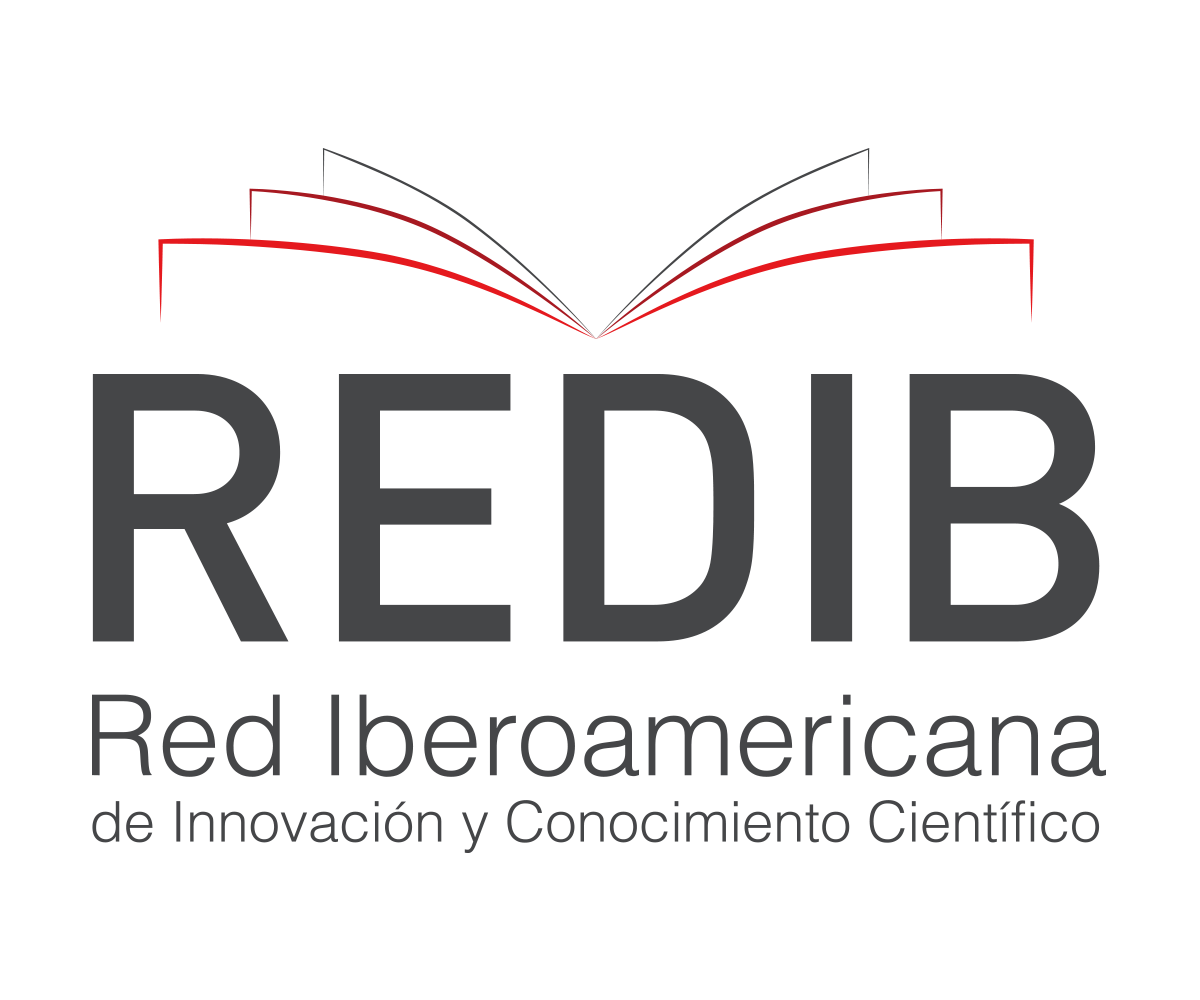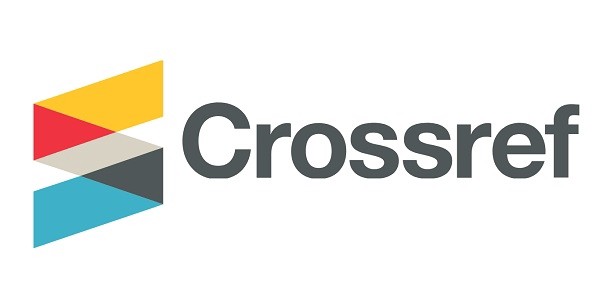USING THE MPS-PA AS A QUANTITATIVE TOOL TO PRODUCTION INDICATOR FORMULATIONS
DOI:
https://doi.org/10.31510/infa.v19i2.1532Keywords:
Simulation, MPS-PA Compact Workstation, PasteurizationAbstract
The current scenario has generated several changes in all sectors of the economy, increasing competitiveness and the need for improvement in processes. Simulation seeks to optimize processes, reducing losses and improving processes, as errors are corrected in tests. The present work aims to simulate production processes and perform a quantitative comparison of the means of production control. As a basis for this project, bibliographic research based on books, internet articles and on-site visits were used to collect data. The work used the methodologies of Brainstorming and Design Thinking and through the use of MPS-PA compact workstation from FESTO simulated production processes (manual process, semi-automatic process and automatic process) of pasteurization. As a result, the simulation showed an improvement in the semi-automatic process in relation to the manual one, but the advantage of the automatic process in relation to the other two, manual and semi-automatic, is expressive. It is concluded that the use of simulation in production makes it possible to visualize the scenarios and their possible results without impacting the production process.
Downloads
Metrics
References
DIAS, J. Por que é importante que Engenheiro de Produção aprenda Simulação? Engenharia 360, 02 de novembro de 2021. Disponível em https://engenharia360.com/por-que-e-importante-que-engenheiro-de-producao-aprenda-simulacao/ . Acesso em 19 de mai. 2022.
EVANGELISTA, J.; Tecnologia de Alimentos. 2. ed. São Paulo: Atheneu, 1994
FESTO. MPS PA datasheets. Esslingen: [s.n.] 2006. 194 p.
FREITAS FILHO, Paulo José. Introdução à modelagem e simulação de sistemas com aplicações arena.2. ed.Florianópolis: Visual Books, 2008.
MARCONI, M. A.; LAKATOS, E. M. Fundamentos de metodologia científica. 7. ed. rev. São Paulo: Atlas, 2010.
OLIVEIRA, R.G. de. Apostila de controle de processos. Ministério da Educação – Secretaria de Educação profissional e Tecnológica Instituto Federal de Educação, Ciência e Tecnologia Catarinense – Campus de Luzerna, março de 2013. Disponível em: https://professor.luzerna.ifc.edu.br/rafael-oliveira/wp-content/uploads/sites/16/2016/02/Apostila_CDP-completa-05_03_13.pdf . Acesso em: 22 de mai. 2022.
PRADO, D. S. dos. Usando o ARENA EM SIMULAÇÃO. Darci dos Santos Prado – Belo Horizonte (MG) INDG Tecnologia e Serviços Ltda. – 2010 305p.: il (Série Pesquisa Operacional – Volume 3)
SILVA RODRIGUES, G. V. Simulação de Processos Produtivos: o que é e qual sua importância no processo de transformação digital da indústria. Fundação CERTI, Florianópolis, 12 de março de 2020. Disponível em: https://certi.org.br/blog/simulacao-de-processos-produtivos/. Acesso em 13 mai. 2022.
Downloads
Published
How to Cite
Issue
Section
License
Copyright (c) 2023 Revista Interface Tecnológica

This work is licensed under a Creative Commons Attribution 4.0 International License.
Os direitos autorais dos artigos publicados pertencem à revista Interface Tecnológica e seguem o padrão Creative Commons (CC BY 4.0), que permite o remixe, adaptação e criação de obras derivadas do original, mesmo para fins comerciais. As novas obras devem conter menção ao(s) autor(es) nos créditos.
- Abstract 151
- PDF (Português (Brasil)) 135












.jpg)




1.png)
1.png)